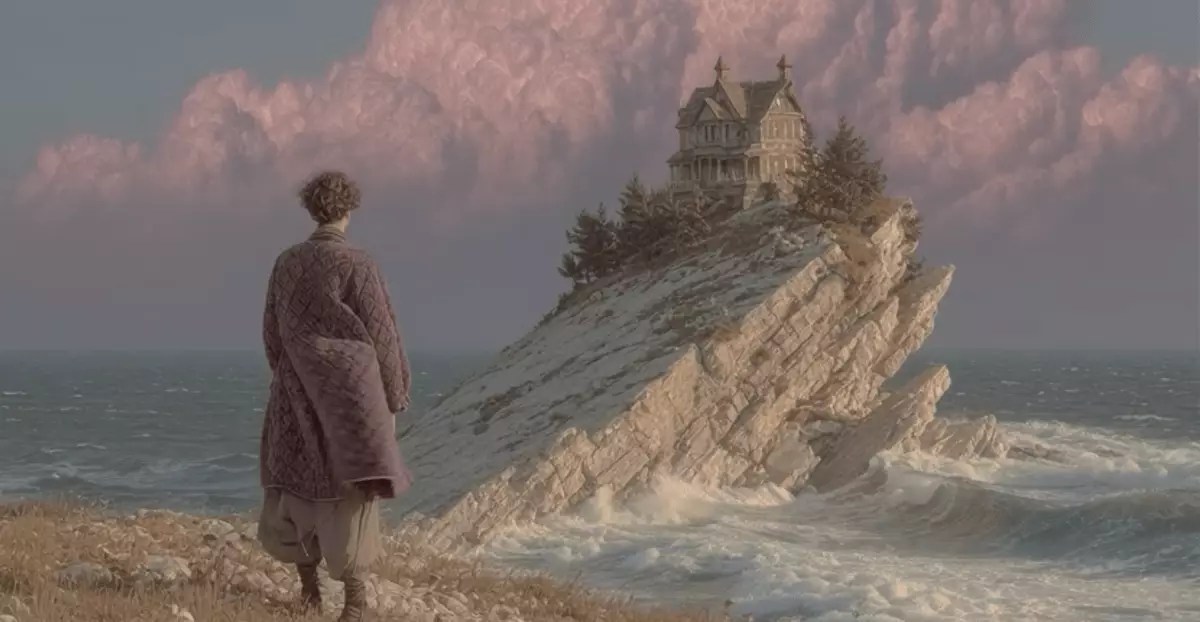In an age where creativity and technology converge, Midjourney has taken a significant leap forward with its newly unveiled AI video generation model. Enabling users to infuse life into still images, Midjourney’s tool promises to elevate digital storytelling to unprecedented heights. Unlike other rudimentary animation tools, this innovative model allows users to animate images they’ve either uploaded or created on the Midjourney platform. As we witness the advent of this technology, it’s crucial to explore its implications and the future it paves for creators everywhere.
An Intuitive User Experience
The interface designed for this video generation tool is remarkably user-centric. Upon creating an image using Midjourney, users are greeted with an “animate” button, initiating the video generation process with just a click. Instantly, they can turn a static frame into a dynamic 5-second clip using a simple text prompt. This ease of use underscores Midjourney’s aim to make creative technology accessible, allowing even novice users to express their imagination without the need for extensive training in animation techniques.
What sets this tool apart is its flexibility. While it generates a default prompt that merely “makes things move,” users can also opt for a “manual” mode. This feature invites them to describe their animation preferences explicitly, adding a personalized touch to the outcome. Furthermore, the ability to extend the length of animations and adjust motion settings invites users to experiment with various artistic styles, making the experience not just functional, but creatively enriching.
Shattering Conventional Limits
The implications of Midjourney’s video generator extend far beyond individual creativity; they challenge traditional paradigms in digital content creation. With the option to animate images for a subscription that starts at just $10 a month, the platform makes high-quality animation accessible to a broader audience. The financial model suggests that video production will be significantly more costly than static image creation, with the company planning to charge approximately eight times more for video jobs. While this may raise some eyebrows, it also highlights the unique value and resources that video generation requires.
As creators seek more immersive experiences in their storytelling, Midjourney stands out by offering a tool that enables deeper engagement through animation. The ability to create rich, emotive visuals in a user-friendly framework is revolutionary.
The Legal Controversy
However, as with any groundbreaking technology, challenges loom on the horizon. The emergence of Midjourney’s video creation capacity has attracted the attention of major entertainment corporations like Disney and Universal. In fact, these titans of the entertainment industry have raised alarms regarding copyright infringement, citing concerns that the AI model’s ability to generate videos could lead to unauthorized reproductions of their copyrighted materials. Such legal challenges illustrate the complexities of intellectual property in the rapidly evolving landscape of AI-generated content.
The implications of these disputes are significant. If Midjourney is found to be infringing on copyrights, it could set a precedent that complicates the release and development of similar AI tools, stifling innovation in a burgeoning field.
Peer Landscape and Future Aspirations
Midjourney is not alone in this venture; competitors like Google, OpenAI, and Meta have also launched their own AI video generation models. Yet, it is the ambition expressed by Midjourney’s founder, David Holz, that truly captures attention. Holz describes this initial version of the video generation model as merely a stepping stone toward creating “models capable of real-time open-world simulations.” This vision suggests a future where AI can not only animate but also simulate intricate environments that respond dynamically to user interactions.
In reflecting on this evolving technology, one can’t help but feel that we are on the cusp of an artistic renaissance. The convergence of AI and human creativity could redefine what it means to be an artist in the digital age. Embracing the possibilities that tools like Midjourney offer is not just about enhancing visual appeal; it’s about broadening the horizons of imaginative expression.
As we venture forward, the balance between harnessing such tools and navigating the complex landscape of intellectual property will define the trajectory of creative industries. Midjourney’s foray into AI video generation may very well mark the beginning of a new era of digital storytelling, inviting creators to explore uncharted territories of imagination.


Leave a Reply